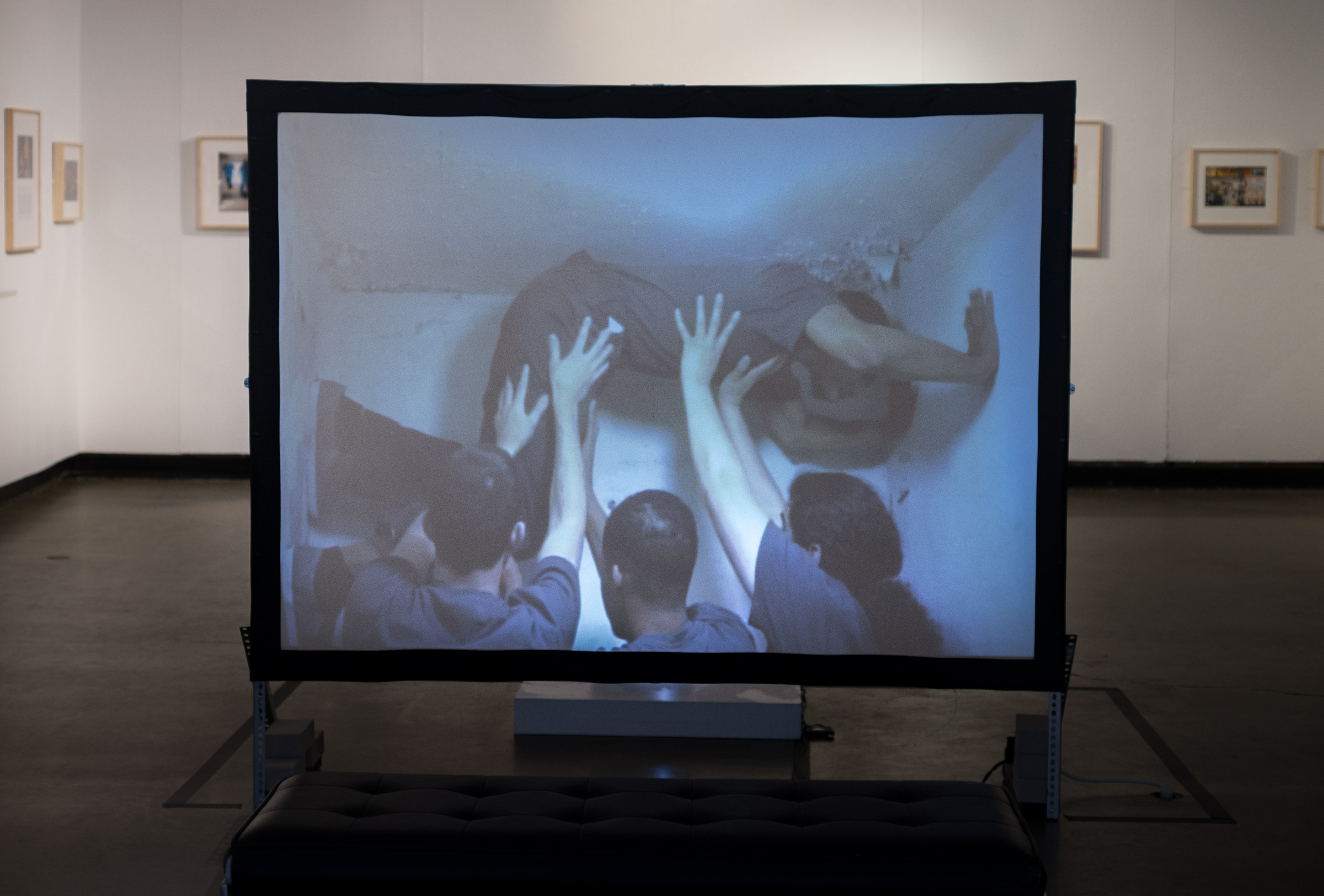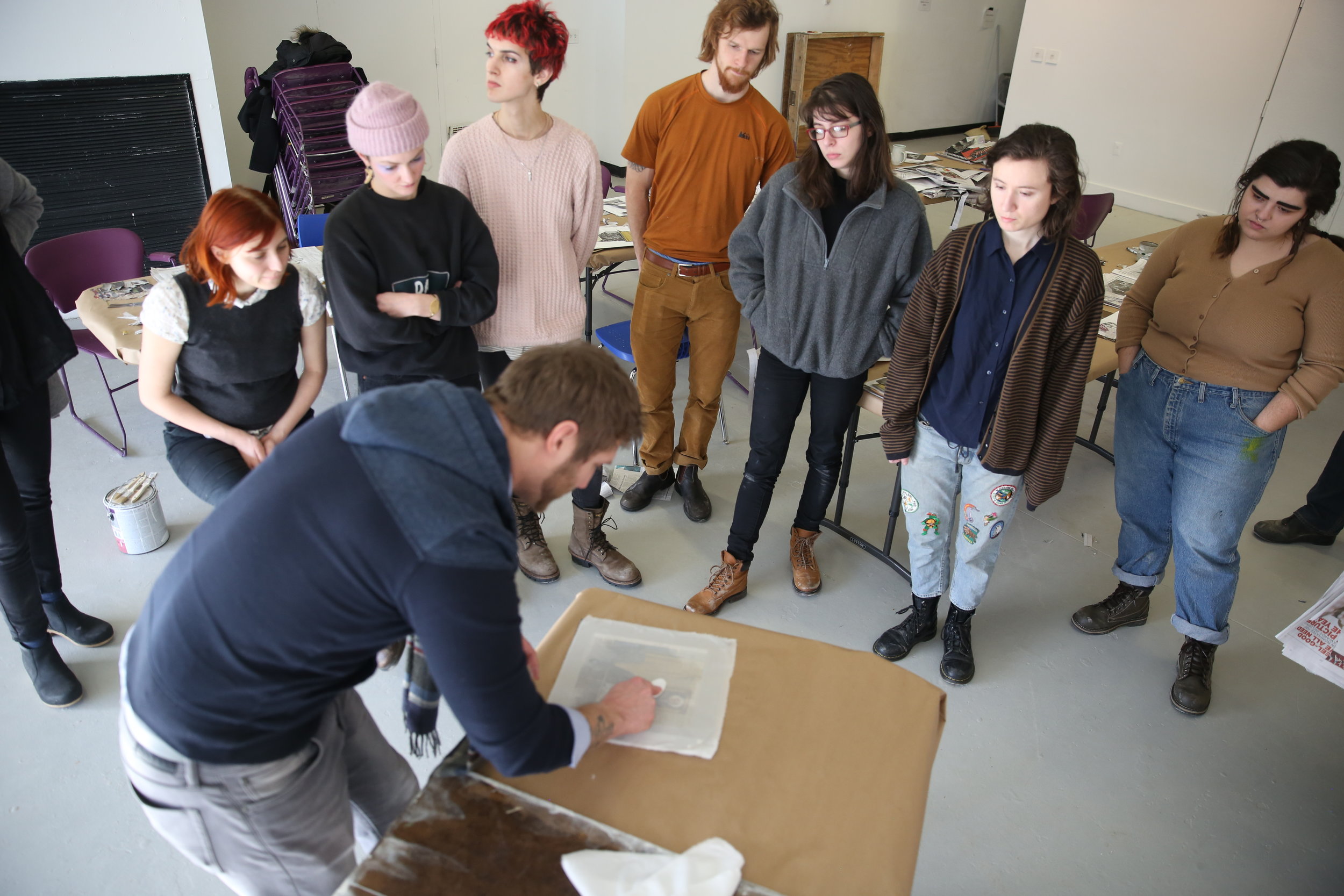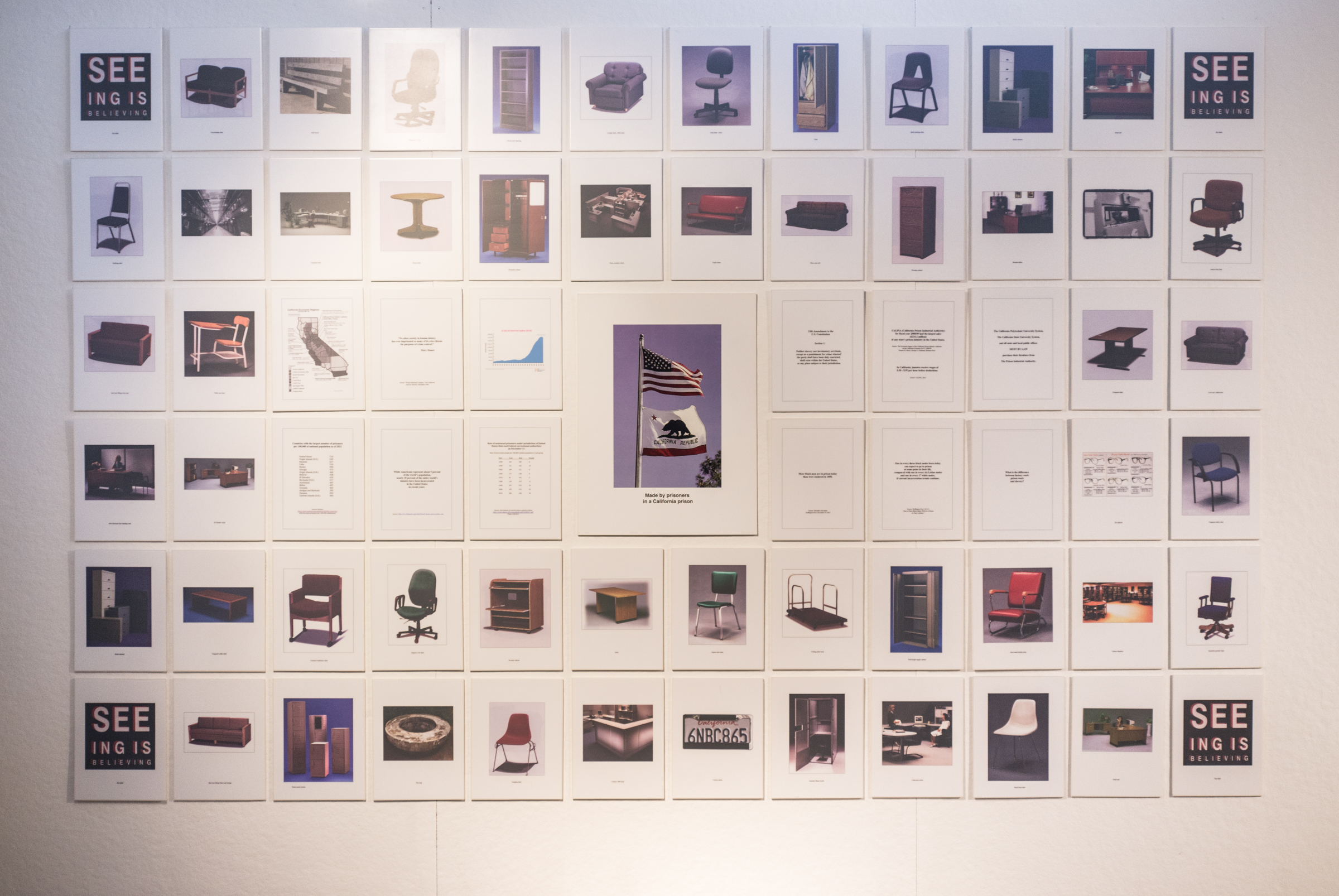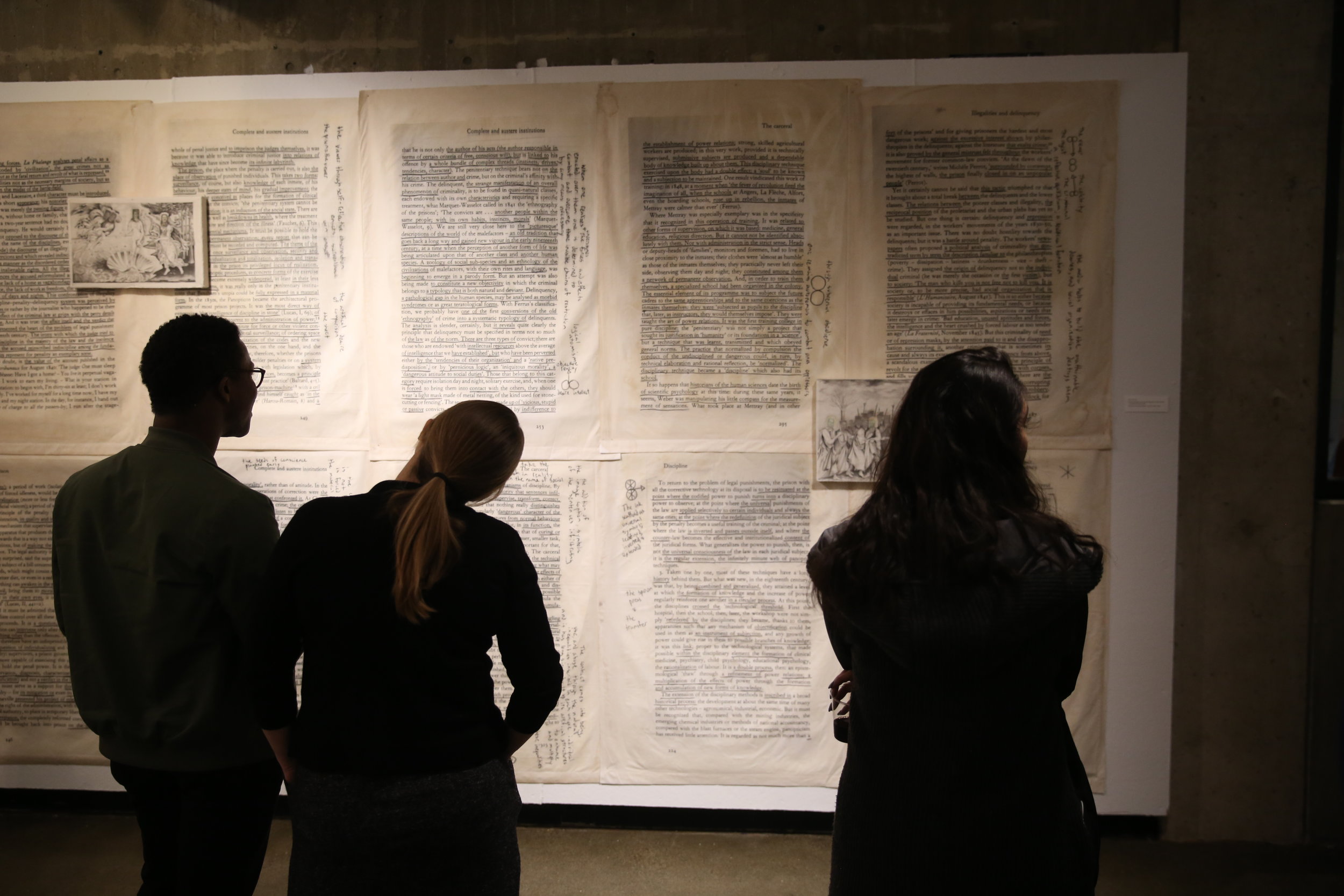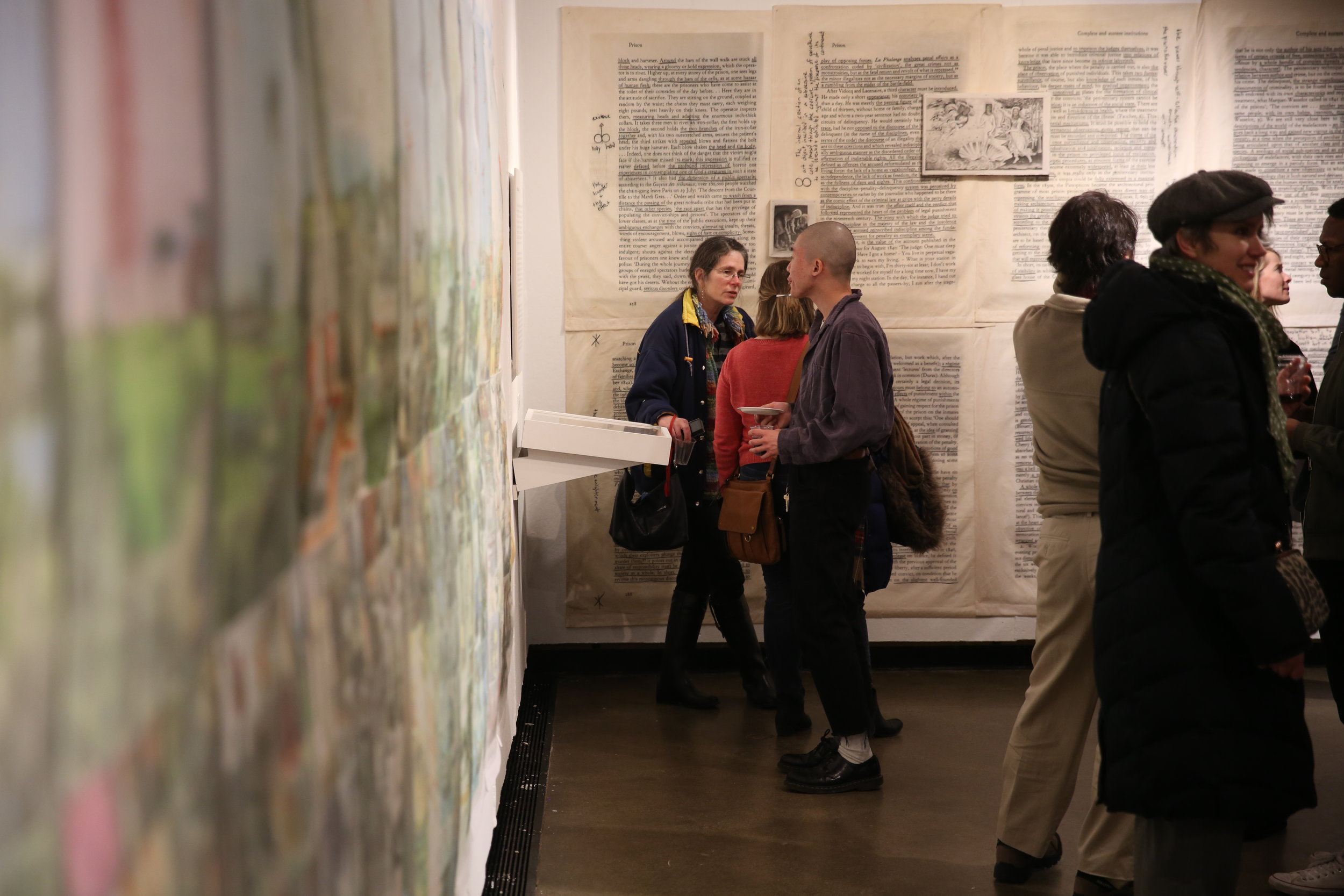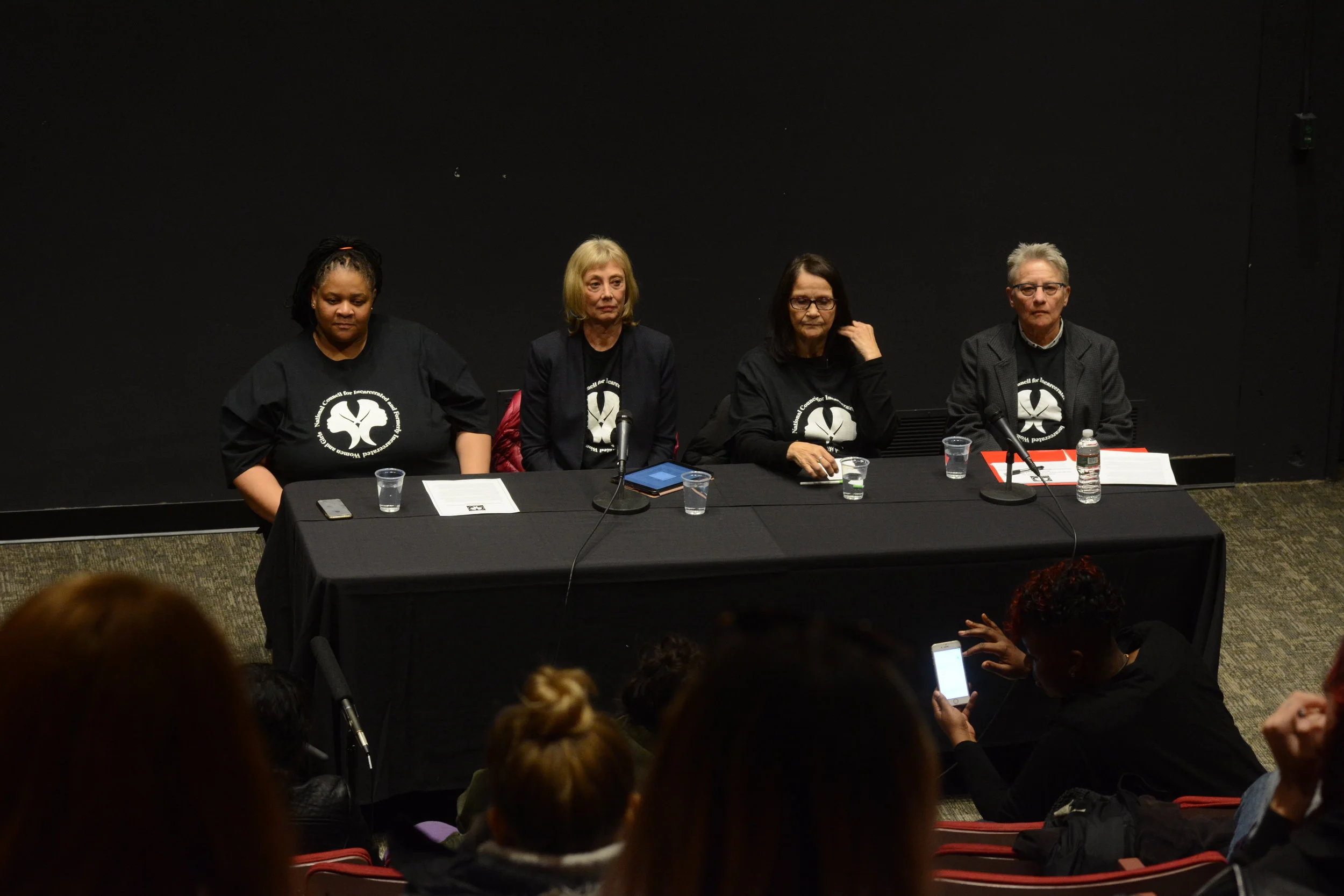Made in America: Unfree Labor in the Age of Mass Incarceration
Hampshire college art gallery, January 25 - March 3, 2017
On September 9, 2016, incarcerated individuals across the United States embarked on the first national prison labor strike in US history, timing the action to coincide with the famous Attica prison rebellion of 1971. Despite increasing media and scholarly attention to the unprecedented rise in incarceration over the past four decades, many remain unaware of the complex and interrelated incentives that underlie this uniquely American phenomenon, a system “Made in America.”
The 13th Amendment to the US constitution outlawed slavery and involuntary servitude, but it retained an exception for unfree labor as “a punishment for crime whereof the party shall have been duly convicted.” This exception opened the path for the convict leasing and chain gang labor that supported rapid industrialization in the American South. Today, in the age of mass incarceration, this exception underpins multiple forms of economic exploitation, in which incarcerated folks – disproportionately low income people of color – are employed at cents per hour, with no benefits.
The work programs put in place by Congress in 1979 claimed to provide marketable skills for reintegration. While some fulfill this mandate, many are merely a rhetorical veil by which state governments employ cheap labor to produce goods (from office furniture to military gear) and provide services (such as firefighting or snow shoveling) to offset their budgets. Private corporations garner profit and political capital by “in-sourcing” their labor to prisons rather than out-sourcing overseas. Simultaneously, incarcerated people largely lack the consumer choice of people on the outside: every day they confront monopoly prices, from commissary goods to telephone services, and must navigate myriad legal and healthcare fees, family support and restitution payments.
Made in America features the work of artists and activists, inside and outside prison, exposing faultlines between exploitative economic interests and the creative and intellectual labor of incarcerated individuals and returned citizens. These works offer powerful articulations of subjecthood and resistance in the face of a dehumanizing system. Bringing together diverse artistic projects, the exhibition investigates the value of human capital, and coerced and creative labor in an advanced capitalist society.
Publication: Print and digital catalogue
Programs:
Opening reception with artists, activists, community organizations and carceral studies scholars, February 2, 2017
Printmaking workshop with previously-incarcerated artist Jesse Krimes, February 3, 2017
Artists’ talk with Jesse Krimes and Jared Owens, February 3, 2017
The Prison in 12 Landscapes: Film Screening and Director’s Q&A in collaboration with Amherst Cinema Bellweather New Voices series, February 6, 2017
Curator’s tour, March 2, 2017
Press and Public Relations:
Medeiros, Mike, ’Made in America' Views Labor through a Contemporary Art Lens, Hampshire College news, Jan 27, 2017
Jesse Krimes and Made in America at the Hampshire College Art Gallery, Hampshire College TV, February 24, 2017



